Drug-Inducible Gene Therapy Yields Encouraging Preliminary Results in High-Grade Glioma Trial
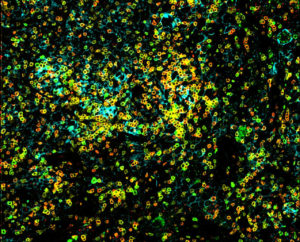
In a recent clinical trial in patients with recurrent high-grade gliomas, investigators from the Center for Neuro-Oncology at Dana-Farber/Brigham and Women’s Cancer Center set out to test the safety and effectiveness of controlling the powerful immunotherapy human interleukin-12 (hIL-12) by using an oral activator to control when the gene gets turned on. While hIL-12 can stimulate many branches of the immune system, previous clinical trials that leveraged it were halted because of toxicity.
Read More
 The androgen-receptor inhibitor enzalutamide already has established benefit in castration-resistant prostate cancer. Now the randomized phase III trial ENZAMET is exploring the impact of adding enzalutamide to testosterone suppression for metastatic hormone-sensitive prostate cancer (mHSPC). Interim analysis showed significantly prolonged overall survival with less cancer progression.
The androgen-receptor inhibitor enzalutamide already has established benefit in castration-resistant prostate cancer. Now the randomized phase III trial ENZAMET is exploring the impact of adding enzalutamide to testosterone suppression for metastatic hormone-sensitive prostate cancer (mHSPC). Interim analysis showed significantly prolonged overall survival with less cancer progression.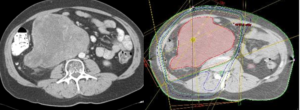 A study presented at the 2019 ASCO Annual Meeting showed that radiation therapy prior to surgery does not reduce the rate of local recurrence among most patients with retroperitoneal sarcoma (RPS).
A study presented at the 2019 ASCO Annual Meeting showed that radiation therapy prior to surgery does not reduce the rate of local recurrence among most patients with retroperitoneal sarcoma (RPS).  Dana-Farber Cancer Institute physician-researcher
Dana-Farber Cancer Institute physician-researcher 
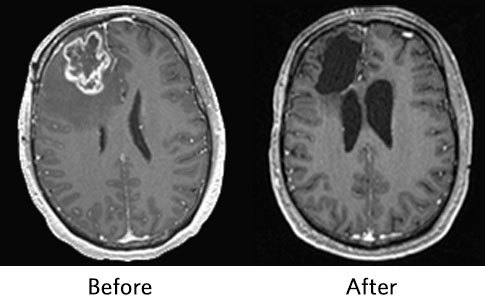 A new study featured on the cover of the March issue of
A new study featured on the cover of the March issue of 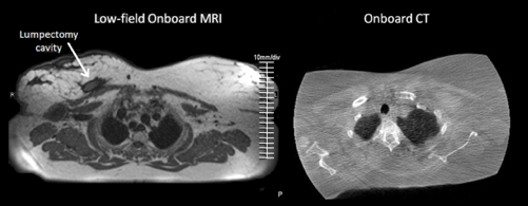
 When diagnosed and treated in its early stages, endometrial cancer is largely curable. However, for the 10 to 15 percent of patients diagnosed with late-stage disease, standard therapy does not lead to a cure.
When diagnosed and treated in its early stages, endometrial cancer is largely curable. However, for the 10 to 15 percent of patients diagnosed with late-stage disease, standard therapy does not lead to a cure. Over the past two decades, the
Over the past two decades, the 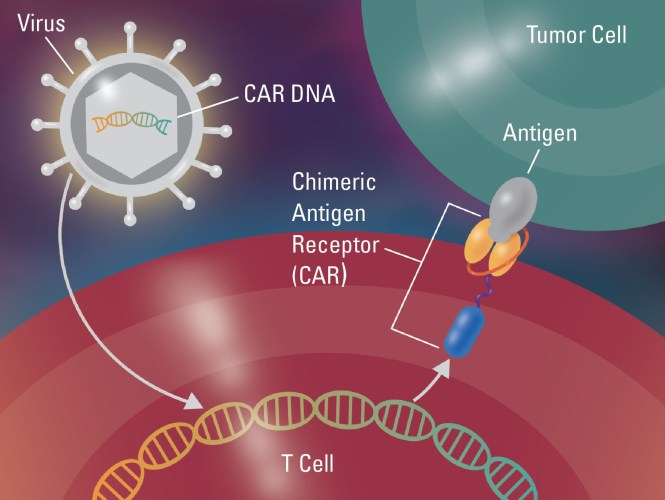 Chimeric antigen receptor T (CAR T) cell therapy has become an important tool in the treatment of relapsed and refractory malignancy. However, it is associated with significant and unique neurological toxicities.
Chimeric antigen receptor T (CAR T) cell therapy has become an important tool in the treatment of relapsed and refractory malignancy. However, it is associated with significant and unique neurological toxicities.